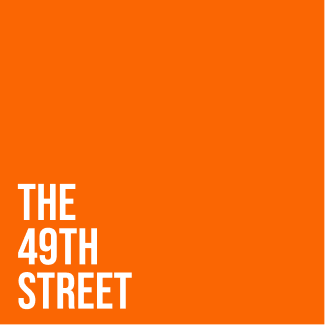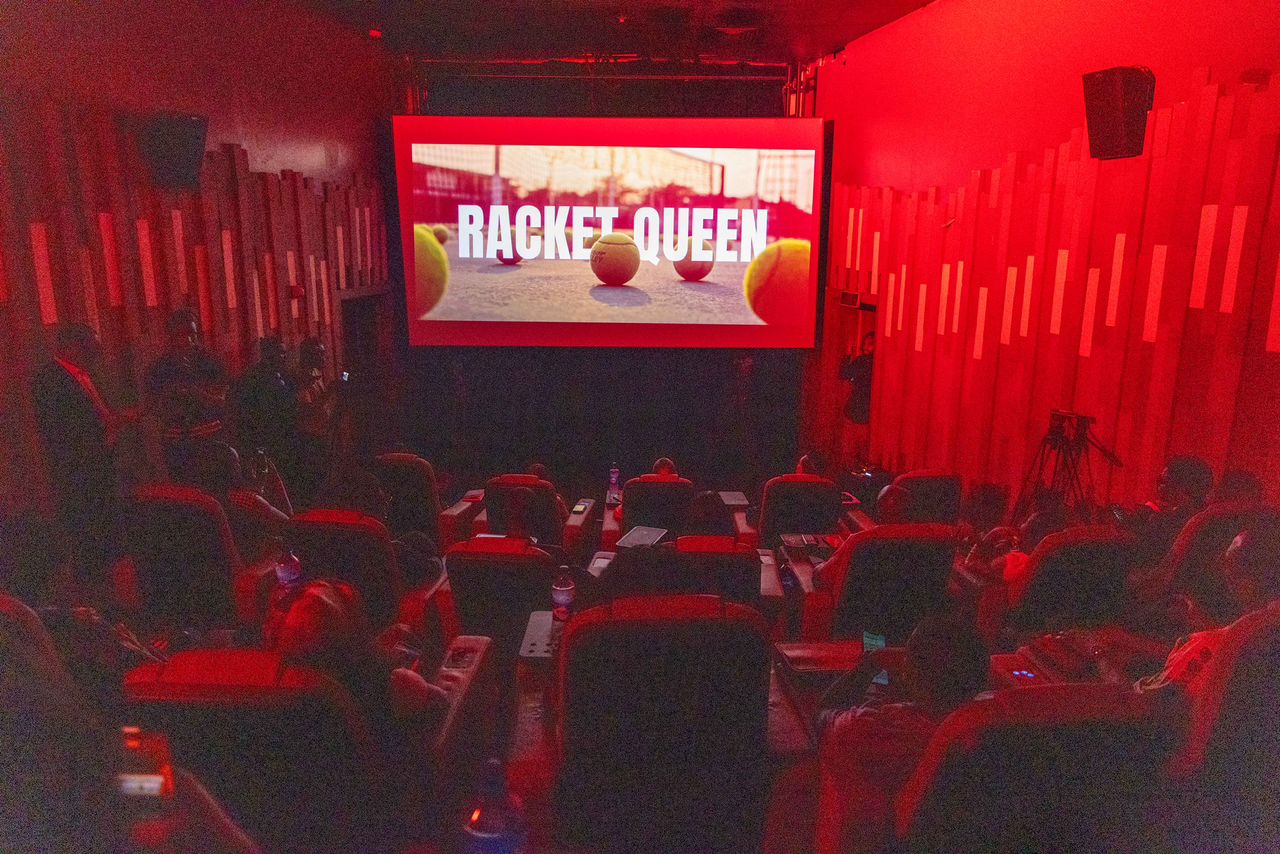by Ifeoluwa Olutayo
In the Renaissance, it was the artist’s dream to fall into the favour of a wealthy house, contracted to create the work they wanted to create, all their immediate needs catered for. They were usually left to their own devices; some took months, even years, to create solitary works commissioned by their resident patrons.
We are not afforded such ease in the age of worry, as patience is no longer legal tender in commission-based survival and terrible AI-generated art.
The rush is king but waiting patiently in the halls of the Didi Museum last week was the art exhibition titled “Good things take time”, an understated reference to the effort put into crafted works of impeccable provenance.
There’s a measure of that same patience in the selected works of Abel Akpa. His photographs on display embody that very virtue in composition, action and choice of subject. With the medium, there’s the almost unique ability to capture stories in frozen frames, like lightning in a bottle. Abel leans on the powers of documentation to craft the images that I submit to an inquiry before me.
With the pair of images titled Wages of Effort I and II, Abel manages to capture a rising symphony of sprawling creations in composition, art within the frame of art.
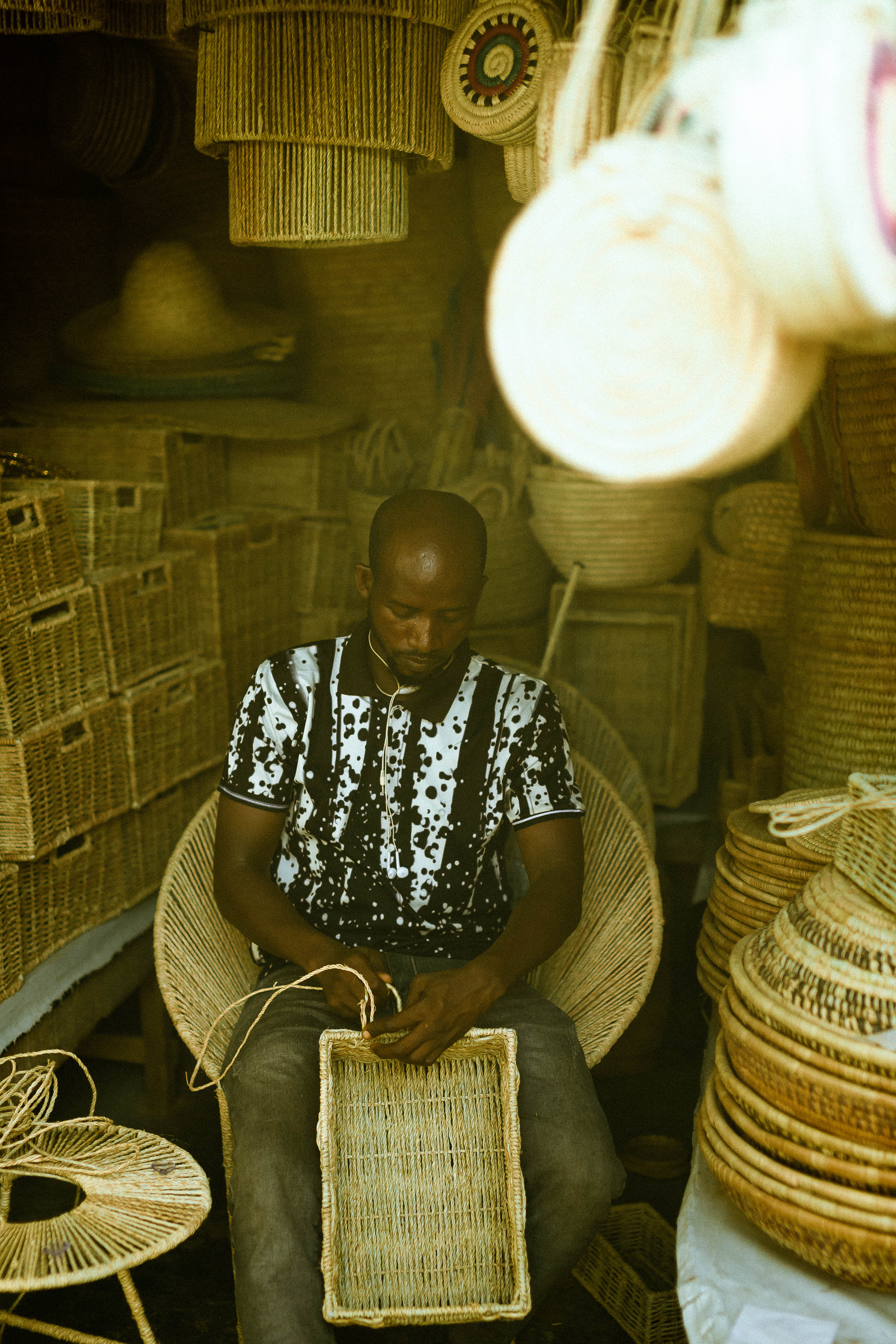
The weaver focused on the creation of a new basket for sale, hands deftly assembling the pliable material, slowly bringing the item to life.
There’s a certain understanding; the ready-made baskets, hats and bags bent to the will of the weaver and they now witness the creation of the new, willing it to become like them, to find the familiar grooves and movements, to embrace the effort and the unique methods employed by their creator in making them witnesses.
Time is an important factor in getting the new basket captured in the frame to its final form as a witness, but the medium allows us to become witnesses without having to bend to the will of the weaver and that is a powerful vantage point to have; Observers of the Process.
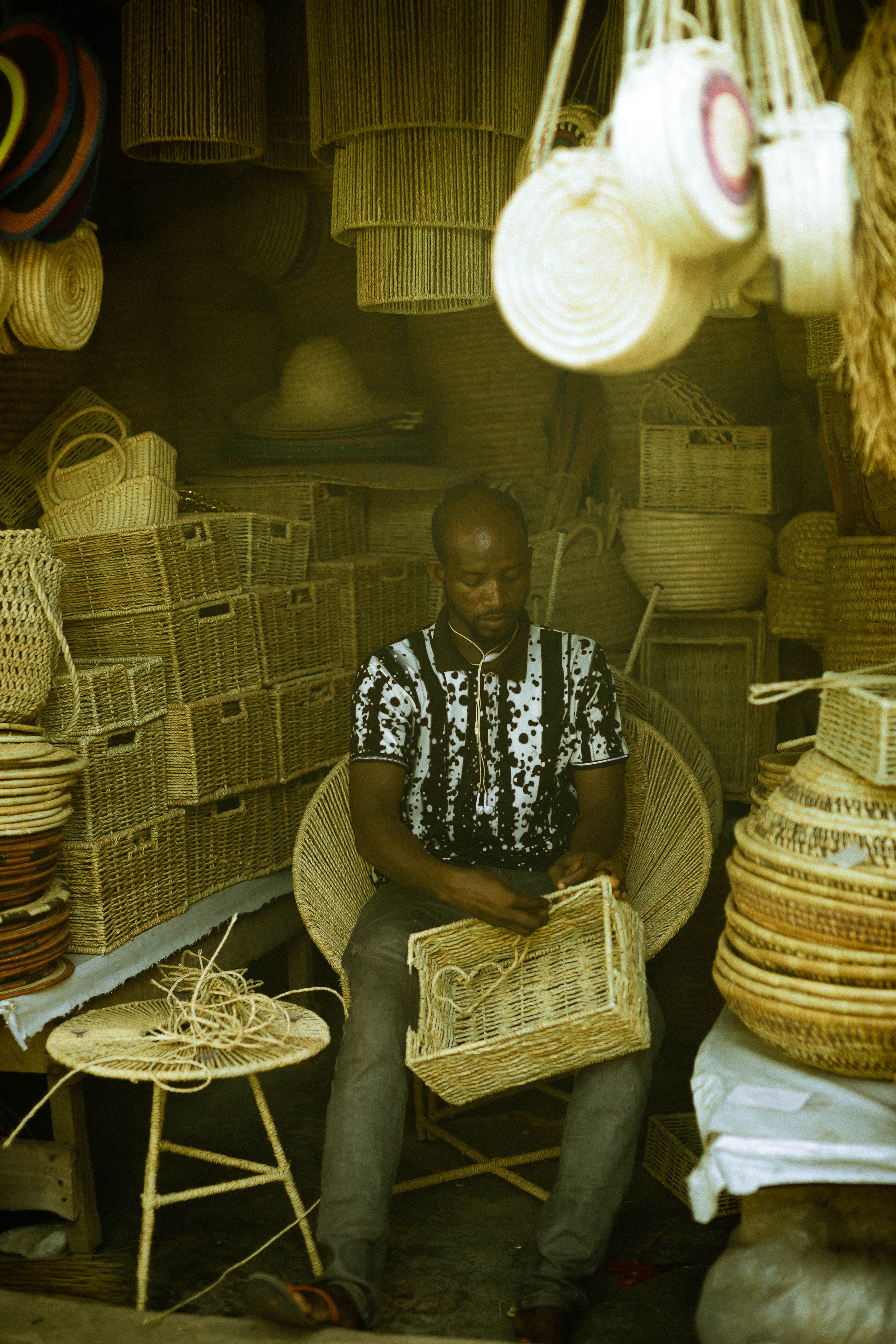
With his second pairing of images titled Testament of Time’s Embrace I and II, he replicates the intricacies of the first pairing, this time choosing to focus on the deft hands of a wood carver, the focus replicated, with hands chipping out outstanding patterns on a carving of a crocodile.
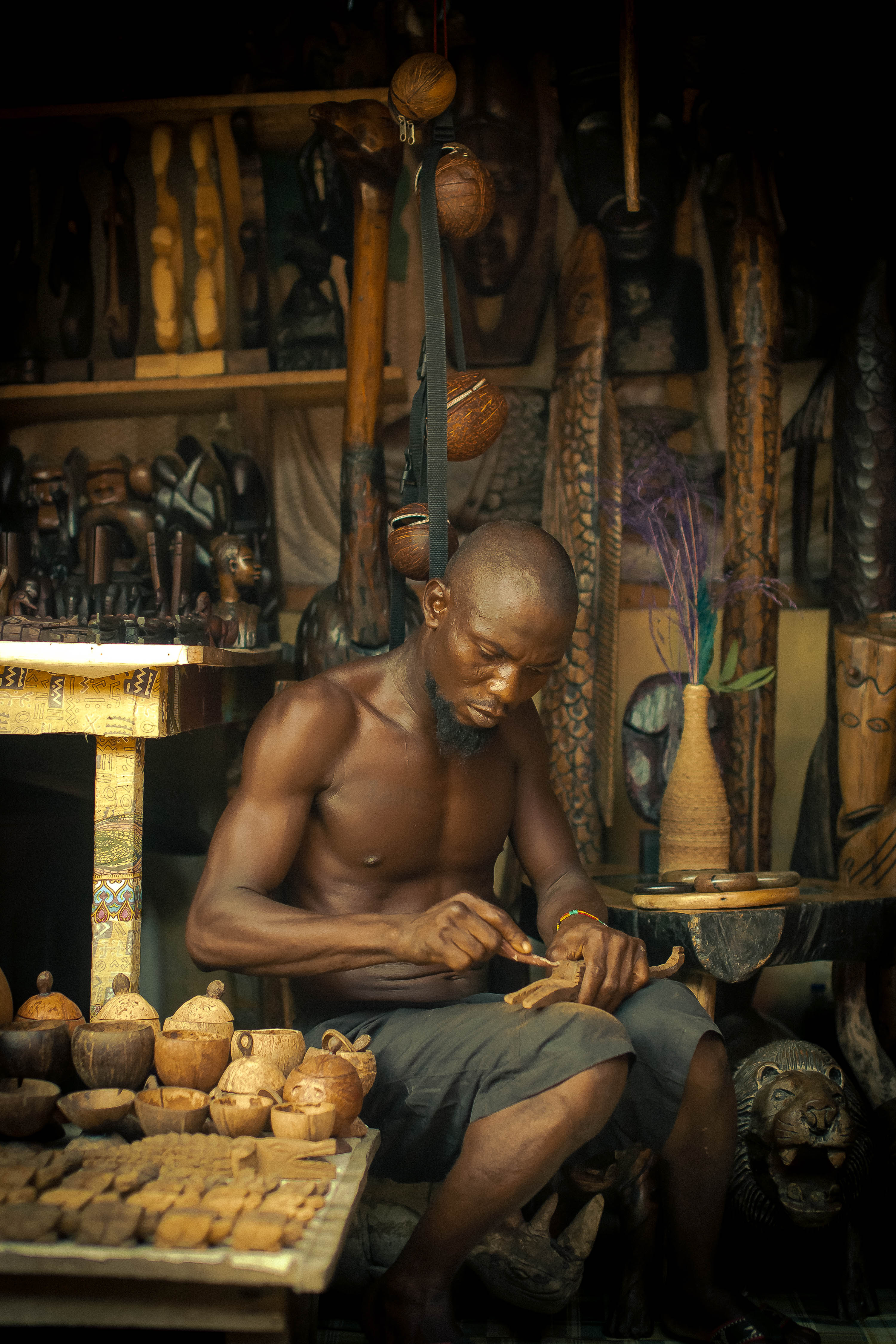
His witnesses may take other forms, but they serve the same functions; observe and will the creation of another work of art.
Symbols and faces, gourds and animals all line the shop of the wood carver, a product of time expended.
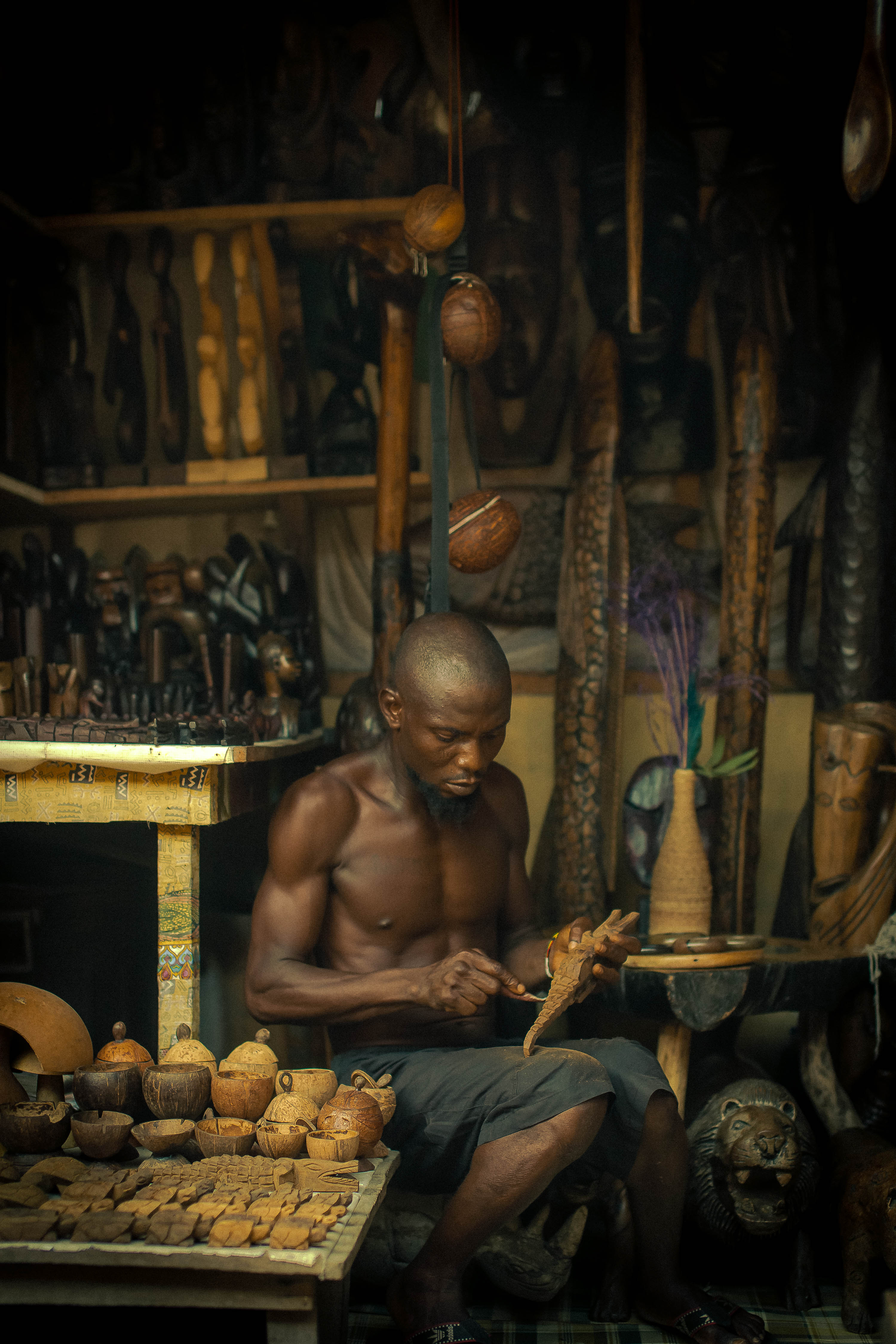
With Abel’s subject choices, he seeks to appreciate the work that goes into crafting these works of art, preserving a few of those moments in frozen time, before time resists and exchanges required for survival are made.
There’s an appreciative leaning in the portraits of these artisans and undoubtedly, they are truly representations of the fact that Good Things Take Time.
On the other hand, with Asamaige Ogaga’s work, the focus is on telling stories that leap from the preceding frame to the succeeding frame.
His four-fold photographic narration titled The Last Time I Saw Her chronicles lost love and its resultant ills, a story that a lot of us (not me though) relate to.
The works are paired with poetry, driving home what is visually represented from frame to frame, our subject going from doubting his need to revisit the past to trying to make sense of the point at which love is gone. Asamaige plays with form, light and its hues to bring depth to the story he looks to tell. There is, from each frame, a certain magic imbued, with the little sparks of light representative of the loss in itself, and a testament to its overwhelming presence in the story that preceded the work.
The series does transcend the very present limitations of the canvas, leading viewers on a search for what prompted this loss. It’s a compelling narrative, as the lines of poetry answer the question of what is displayed and provoke new ones borne out of human curiosity.
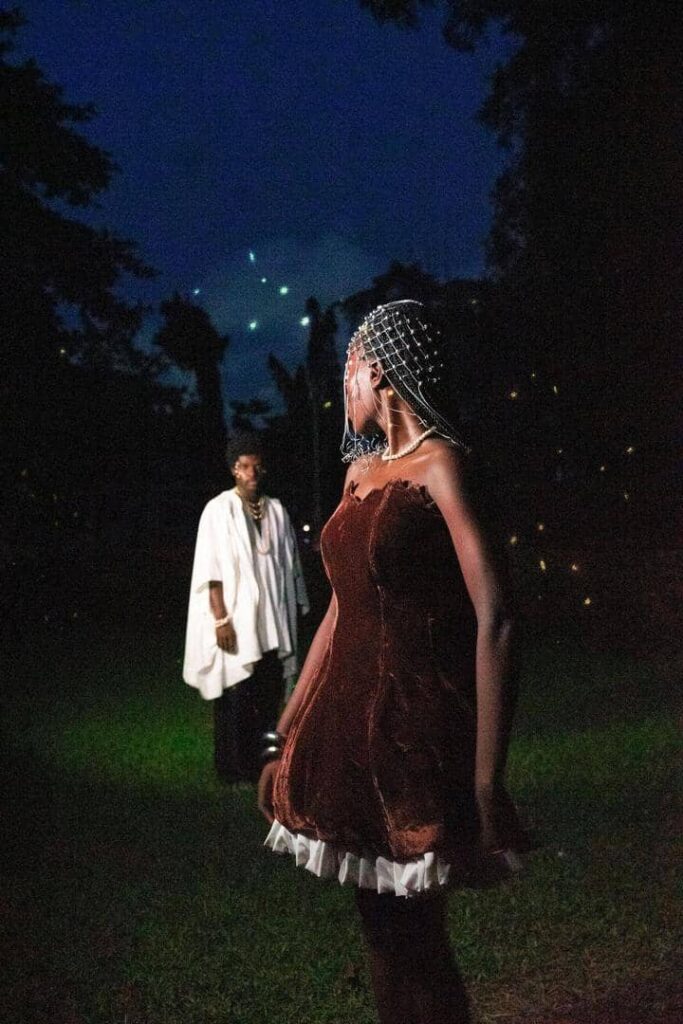
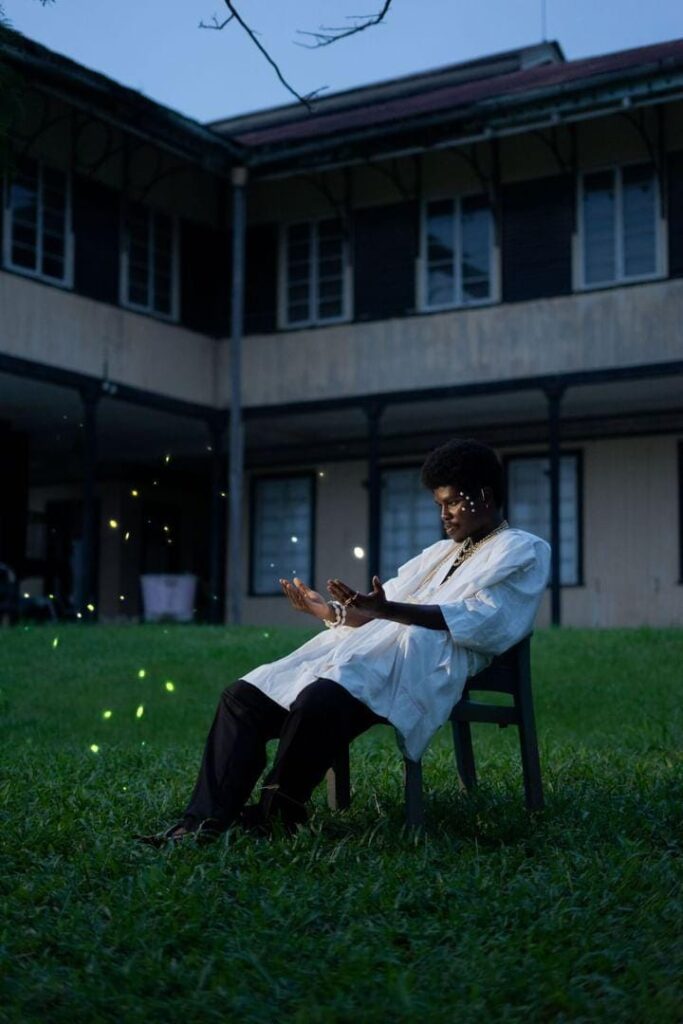
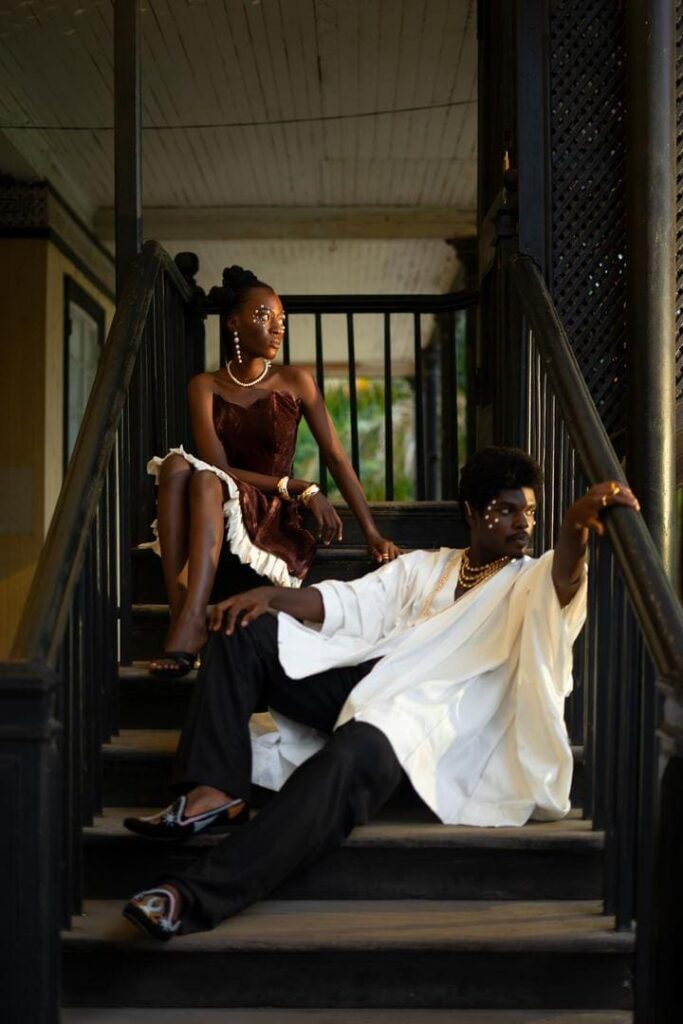
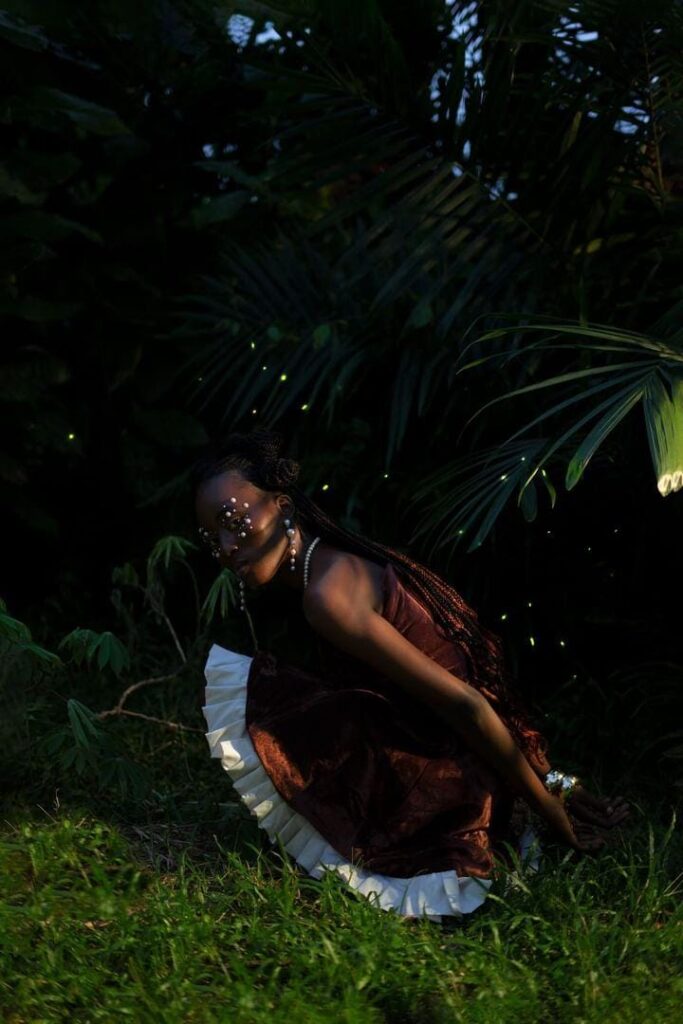
With his new series, he invites the viewer to engage with the work as a visual documentation of time’s effects on love.
Outside of the medium of photography at this exhibition, I found another visual artist stretching the possibilities of expression, namely Femi Fala.
His work on display didn’t hinge on the world of lines and shapes and arresting figures I could do but also required (for a full experience) the input of the viewer.
At work here is the usually mentioned but never truly adopted immersive experience and I was immersed, sensor imitating movement, a hand extending towards me to contribute to the as yet unfinished rendition that my participation would bring forth.
You see, Femi believes in crafting these sorts of interactive experiences for his audience, including them in the process of creation. It bodes pretty well for him as the idea for art enthusiasts here is relatively new, and will only grow in strength over the next few years.
The unbothered screen can be said to wait, and the wait ends each time a viewer steps in front of the installed sensor and screen to create their personalized version of his work, ending up as both muse and artist by the time they walk out of the exhibition.
The lines, shapes and colours are abstract concepts, sometimes moving, sometimes stationary, but there is a remarkable authored patience in the completion of the cycle. With all the work put into this experience, it encapsulates the patience required for good things to emerge.
